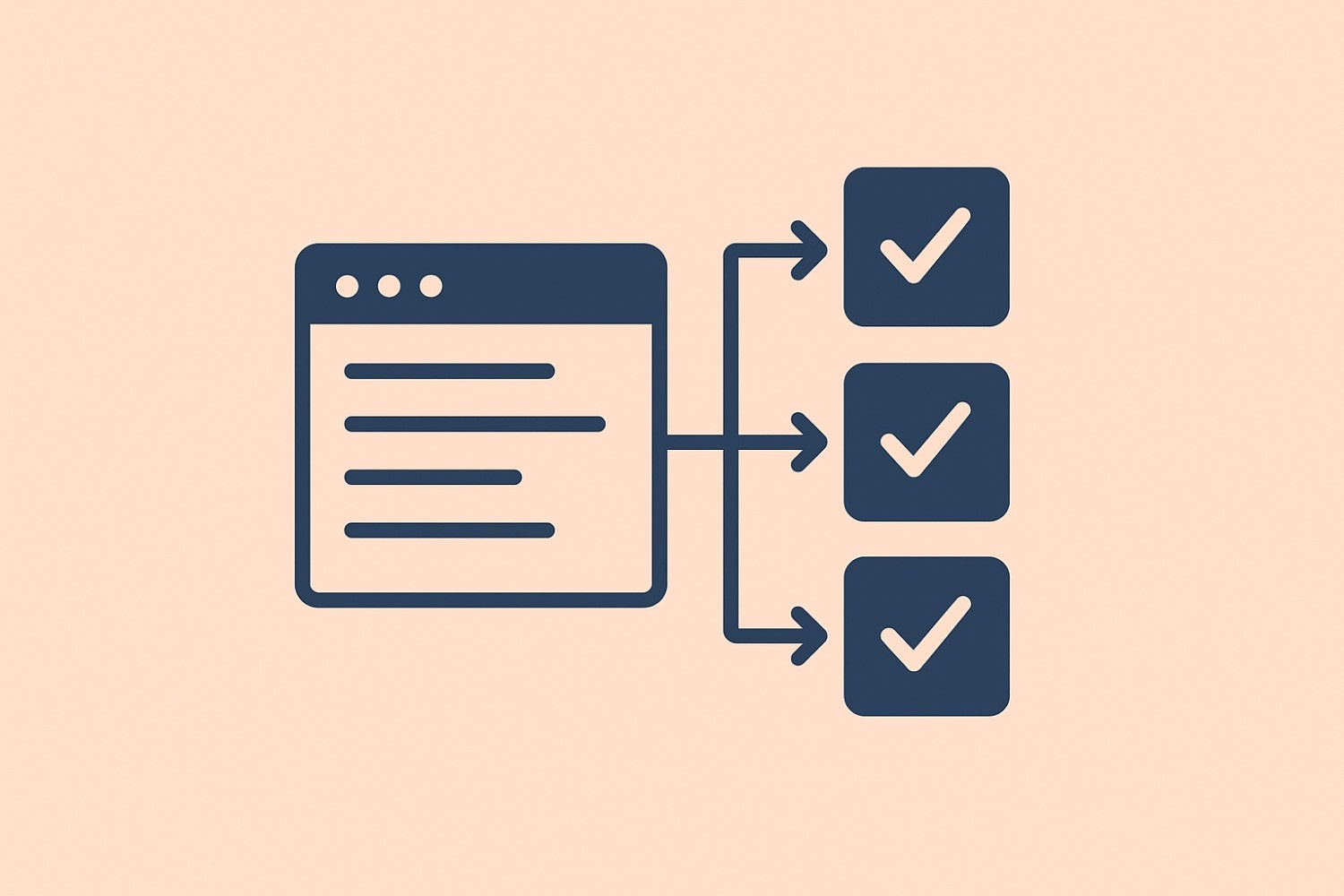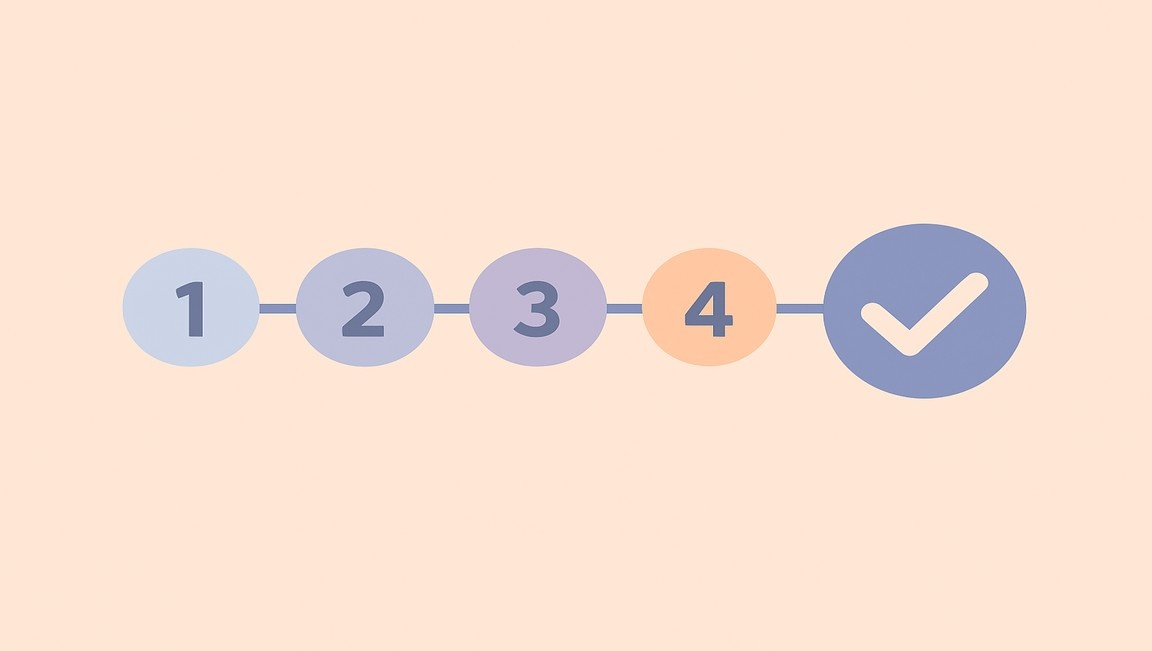Table of content
SHARE THIS ARTICLE
Is this blog hitting the mark?
Contact Us
Table of Content
- Understanding Project Needs
- Considering Popularity and Support
- Looking at Your Team's Skills and Learning Curves
- Checking Integration Capabilities
- Thinking About Future Scalability and Maintenance
- Best Scripting Language for Automation
- Best Practices for Making the Right Choice
- Test Automation Language Poll
- Summing up
- FAQs
Welcome to our guide on choosing the best programming language for QA test automation. Our aim is to provide you with a clear roadmap for a successful journey in QA test automation. Let's dive into the key considerations that will help you make an informed decision.
When it comes to Quality Assurance (QA) Test Automation, choosing the right programming language is really important. This decision impacts how effective your testing is, how easily it can grow, and ultimately, how successful your projects become.
In this guide, we'll break down the process of choosing the best programming language for QA test automation in simple terms.
We'll talk about different languages for automation and find the answer to the question: What's the best programming language for automation?
Understanding Project Needs: Picking Languages that Fit Your Project
To start on the right foot in finding the perfect programming language for QA Test Automation, please take a look at what your project needs.
Consider things like the kind of application you're testing, the tech it's built on, and what your team is good at.
For example, if you're dealing with a web app, it's smart to explore languages like Java, Python, or JavaScript, which are great for web automation.
Considering Popularity and Support: How Popular Languages Help in Automation
The popularity of a programming language in the QA community tells you a lot about how effective and dependable it is. Languages that many people use usually come with great community support, many useful tools, and plenty of online help.
When you're thinking about automation programming languages, keep an eye on what's trendy, like Java, Python, JavaScript, or C#, as these languages often have strong communities and lots of useful tools.
Looking at Your Team's Skills and Learning Curves: Figuring Out Automation Coding with Your Team
One big factor in choosing the right programming language is how well your QA team knows it. Going for a language that your team is already good at can make things easier and help everyone work together smoothly.
If you need to learn a new language, think about how hard it is to pick up and if there are good resources for learning automation testing code.
Balancing the skills your team already has with learning new things is key for long-term success.
Checking Integration Capabilities: Making Sure Your Languages Work Well with Other Tools
Your chosen programming language needs to play nicely with the other tools you're using. Making sure it works smoothly with your preferred test automation frameworks, version control systems and continuous integration tools are super important.
Compatibility helps create a good testing environment, reduces delays, and makes your QA process more efficient.
Thinking About Future Scalability and Maintenance: Making Sure Your Automation Testing Code Stays Strong
Don't forget to consider how well your test automation code will hold up over time. Some programming languages are better at handling big, growing test suites.
They support things like breaking code into smaller parts, reusing code, and ensuring everything stays easy to maintain.
When considering automation programming, look at the language's testing frameworks, reporting tools, and community-driven best practices. They can help your QA efforts last a long time.
Best Scripting Language for Automation: Real-Life Examples
Case Study 1: Testing a Web App with JavaScript
Project Needs: Your team has to test a complex web application with many different features.
Considerations:
- Type of App: JavaScript is a good fit since it's a web-based app. It's great for web automation.
- Working Together: JavaScript works well with Node.js, making it easy to create a testing environment. Tools like Puppeteer and Playwright help with browser automation, giving you great test coverage.
- Team Support: JavaScript is widely used in web development and has a strong testing community. Plenty of online resources, forums, and libraries are available.
- Learning Curve: If your team already knows JavaScript, using it for test automation is a natural next step. If there's learning to do, it's usually manageable with online courses and tutorials.
- Scaling Up: JavaScript supports breaking code into smaller parts, and tools like Jest help organize code. This makes it good for building a test automation framework that can grow as your web app gets bigger.
Also read: Playwright Testing: A Practical Approach Toward E2E Testing
Case Study 2: Testing a Desktop App with C#
Project Needs: Your team is responsible for testing a large-scale enterprise desktop application built using the .NET framework.
Considerations:
- Type of App: Since it's a desktop app on the .NET framework, C# fits well with the Microsoft ecosystem.
- Working Together: C# and .NET work together seamlessly, providing a unified environment for development and testing. Testing frameworks like NUnit and MSTest support C#, ensuring it fits well with your testing tools.
- Team Support: C# has a strong community within the Microsoft ecosystem. There's lots of documentation and community-driven best practices. Microsoft's support makes C# a solid choice for QA test automation.
- Learning Curve: If your team already knows C# from working on the app, using it for test automation is a smooth transition. For teams new to C#, there are online resources, official documentation, and community forums for support.
- Scaling Up: C#, being an object-oriented language, is great for building scalable and modular test automation frameworks. Testing frameworks like NUnit help keep your test suite organized and maintainable.
Also read: Automated Testing Tools: What Works Best for Web Apps
Best Practices for Making the Right Choice
As you dive into finding the perfect programming language for QA test automation, follow these best practices:
1. Collaborate with Your Team
Get everyone involved in the decision-making process. QA engineers, developers, and other team members all have valuable input. Collect ideas, preferences, and any potential challenges they see with different languages.
2. Pilot Projects
Try out different languages in small projects to see how well they fit your specific needs. Hands-on experience helps you see how easy they are to use, how well they integrate, and how easy they are to maintain.
3. Stay Updated on Industry Trends
Keep an eye on what's happening in the QA testing world. New tools and frameworks might change which programming language is best. Staying informed helps your decisions align with the latest advancements.
4. Evaluate Tooling Ecosystem
Check out the tools and frameworks that work with each programming language. Having a good set of testing frameworks, reporting tools, and utilities can make your QA test automation efforts much more effective.
5. Consider Long-Term Goals
Look beyond your current project needs. Think about where your organization is heading in the long term. Choosing a language that fits your company's overall tech direction helps create a sustainable testing strategy.
6. Emphasize Documentation and Training
Choose languages that have clear documentation and lots of training resources. This ensures your team can easily learn the language and troubleshoot issues effectively.
7. Foster a Culture of Continuous Learning
Encourage your QA team to keep learning. Stay updated on the latest industry best practices, explore new tools and technologies, and invest in ongoing training programs to improve skills.
Test Automation Language Poll - Insights from the Tech Community
Recently, we engaged with tech enthusiasts on LinkedIn, conducting a Test Automation Language Poll. This real-time feedback from the community provides valuable perspectives on current trends and preferences in the domain of test automation.

Summing up
Choosing the best programming language for QA test automation is a complex task, requiring careful consideration of project needs, team skills, language popularity, integration capabilities, and long-term scalability. While there's no one-size-fits-all solution, evaluating these factors helps you make informed decisions that align with your unique testing requirements.
Remember, picking an automation programming language is not just a technical choice; it's a strategic decision shaping your QA testing efforts. By aligning your choice with project needs and team skills, you set the stage for efficient, effective, and sustainable QA test automation.
So, weigh your options, collaborate with your team, and embark on your journey to QA test automation success!
If you're seeking top-notch QA testing services tailored to your needs, consider partnering with QAble. As a testing company well-versed in all programming languages, tools, and frameworks used in QA Test Automation, we deliver high-quality solutions to elevate your projects. Visit our website to explore our testing services and enhance your software's quality.
Happy coding!
Discover More About QA Services
sales@qable.ioDelve deeper into the world of quality assurance (QA) services tailored to your industry needs. Have questions? We're here to listen and provide expert insights


Nishil Patel is the Co-founder of QAble, delivering advanced test automation solutions with a focus on quality and speed. He specializes in modern frameworks like Playwright, Selenium, and Appium, helping teams accelerate testing and ensure flawless application performance.
.svg)














.webp)
.webp)
.png)
.png)











.png)



.png)

.png)

.png)




















.webp)

